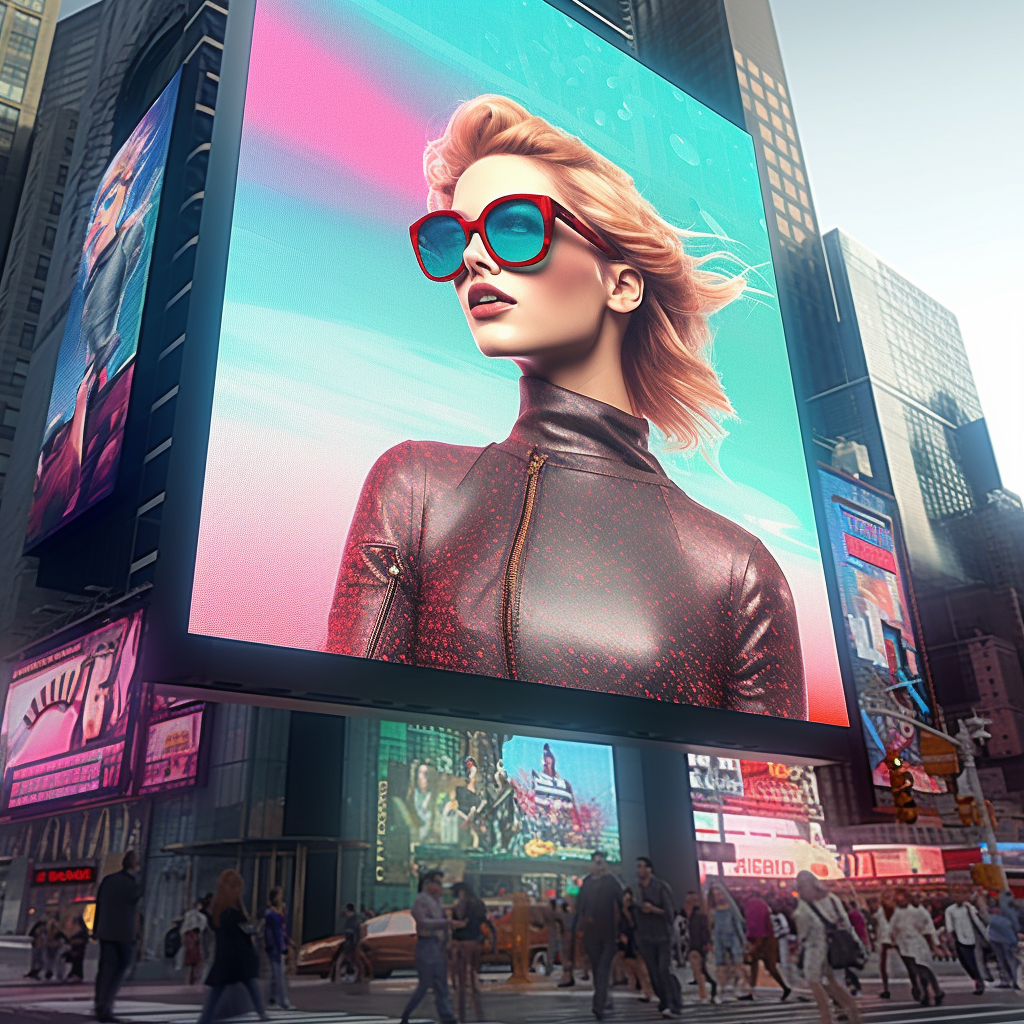5 Objectives for an OOH Ad Campaign
Out-of-home (OOH) advertising continues to be a powerful medium in the digital age, offering brands unique opportunities to connect with consumers in public spaces. With various formats ranging from billboards and bus shelters to digital screens and augmented reality experiences, OOH advertising helps brands cut through the noise and reach audiences effectively. Here are five key objectives for an OOH ad campaign:
1. Increase Brand Awareness
One of the primary objectives of any OOH campaign is to increase brand awareness. OOH advertising provides a high-impact, visually engaging platform that can capture the attention of a wide audience.
Key Strategies:
- Utilize High-Traffic Locations: Place ads in busy areas such as city centers, highways, and transit stations where they can be seen by large numbers of people.
- Leverage Iconic Formats: Use large-format billboards, digital displays, and building wraps to create memorable and impactful visuals.
- Consistent Branding: Ensure the branding is consistent across all OOH formats to build recognition and recall.
Example:
A national retail brand might use large digital billboards in key urban locations to showcase its latest product range, ensuring that the brand is seen by commuters and city dwellers daily.
2. Drive Traffic to Physical Locations
For businesses with physical locations, such as retail stores or restaurants, an OOH campaign can be designed to drive foot traffic. This objective focuses on motivating consumers to visit a location by highlighting its proximity and unique offerings.
Key Strategies:
- Location-Based Targeting: Place ads in specific neighborhoods where potential customers are likely to be.
- Call to Action (CTA): Include clear CTAs encouraging immediate action, such as visiting a store or attending an event.
- Promotions and Offers: Advertise special promotions or events that provide a compelling reason for people to visit.
Example:
A coffee shop chain could use bus shelter ads and posters promoting a morning coffee discount in nearby office districts to drive office workers to their nearest outlet.
3. Enhance Digital Marketing Efforts
OOH advertising can amplify digital marketing efforts by providing additional touchpoints for the target audience. This integrated approach helps reinforce the campaign message across multiple channels.
Key Strategies:
- QR Codes and Short URLs: Incorporate QR codes or memorable short URLs on OOH ads to drive traffic to specific landing pages.
- Social Media Integration: Encourage viewers to engage with the brand on social media through hashtags or by sharing photos of the OOH ad.
- Augmented Reality (AR) Experiences: Use AR to create interactive experiences linking physical ads with digital content.
Example:
A fashion brand could run a campaign where billboards and bus shelters feature QR codes that lead to an exclusive online sale, encouraging digital interaction and purchases.

4. Build Brand Credibility and Trust
OOH advertising can help establish and reinforce brand credibility and trust. High-quality, well-placed OOH ads signal that a brand is established and reliable.
Key Strategies:
- High-Quality Creative: Use professional, high-quality visuals and messaging to create a strong brand presence.
- Prominent Placement: Choose premium locations associated with trust and prestige, such as downtown areas or high-end shopping districts.
- Consistent Messaging: Maintain a consistent and coherent brand message across all OOH and digital platforms.
Example:
A financial services company could use OOH ads in business districts to highlight their expertise and reliability, reinforcing their brand credibility among professionals.
5. Promote Events or Product Launches
OOH campaigns are highly effective for promoting events or product launches, and generating buzz and excitement in a targeted manner.
Key Strategies:
- Countdowns and Teasers: Use OOH ads to build anticipation by displaying countdowns or teaser messages leading up to the event or launch date.
- Interactive Elements: Incorporate interactive elements such as digital screens that change content based on the time of day or audience interaction.
- Comprehensive Coverage: To maximize visibility, ensure broad coverage around the event venue or target market areas.
Example:
A tech company launching a new gadget could use digital screens in major tech hubs to display teaser videos, countdowns, and the launch event details, creating a buzz in the lead-up to the product release.
Conclusion
An effective OOH ad campaign requires strategic planning and execution, leveraging the strengths of this advertising medium to achieve specific marketing objectives. Whether the goal is to increase brand awareness, drive traffic to physical locations, enhance digital efforts, build brand credibility, or promote events, OOH advertising offers a versatile and impactful solution. Integrating these strategies into your marketing mix allows you to create compelling campaigns that resonate with your target audience and drive meaningful results.
Incorporating OOH advertising into your marketing strategy can significantly boost your brand's visibility and engagement, creating lasting impressions on consumers in their everyday environments. By carefully planning and executing your OOH campaigns with clear objectives, you can maximize their impact and achieve your marketing goals.
TALK TO A PRO
We're here to bring your brand to life!
Stay Connected with BrandXR
Create Augmented Reality for Free!
Create, Publish, and Measure 3D Augmented Reality Experiences Without Having to Code.














